

Designed by Paul Smith 2006. This website is copyrighted by law. Material contained herewith may not be used without the prior written permission of FAUNA Paraguay. Photographs on this web-site were taken by Paul Smith, Hemme Batjes, Regis Nossent,
Alberto Esquivel, Arne Lesterhuis, José Luis Cartes, Rebecca Zarza and Hugo del Castillo and are used with their permission.
Ascia monuste orseis (Godart 1819)
Ascia monuste automate (Burmeister 1872)
ENG: Great Southern White
ESP: Blanco de Col, Sayjú
JIZ: Forewings square, slightly pointed at apices, hindwing rounded. Folded wing straight-edged, rounded on hindwing. Strong sexual dimorphism. Poses with wings folded. A flocking species. FLI: Flight strong and straight.
UPP: M orseis (Fig 1-2) Forewing mostly white with thin black costa, broad black apices and thinly toothed outer margin. Apices with two short white streaks either enclosed within black apices or adjoining white of rest of wing. Hindwing white with outer margin thinly toothed black, "teeth" triangular and larger towards outer edge of the wing. F orseis (Fig 3) Essentially similar to male but with creamier tinge to both wings and more extensive, brownish marging, particularly on hindwing. Costal margin of forewing with conspicuous brownish "spurs" midway along length. M automate (Fig 4-6) Mostly whitish with thin black apices lacking white streaks and thinly toothed outer margin. Hindwing uniformly white. F automate (Fig 4-6) Similar to male but with slightly wider dark border to apex and outer margin.
UND: M orseis (Fig 1-2) Underside of forewing shows a ghost pattern of dorsal surface, with black replaced by pale brown and the apical streaks tinged yellow. Wing veins slightly brownish. Underside of hindwing variably yellowish, quite strongly so in some individuals (Fig 1) more creamy in others (Fig 2). Again a brownish ghost pattern of the hindwing is present, the veins being tinged brownish and two smudgy patches on medial hindwing. F orseis (Fig 3) Similar to male but forewing also tinged yellowish or creamy and with brownish ghost pattern of upperwing pattern, including wing "spurs". M/F automate (Fig 4-5) Essentially similar to that of orseis but with ghost pattern reduced in accordance with less conspicuous upperwing pattern.
BOD: M orseis Upperside of head and thorax black, latter with white hairs. Upperside of abdomen white with black medial line. Underside of head and body wholly white. Yellow spot at base of hind wing. Legs pale greenish-white. Eyes greenish. Proboscis brownish-black. Antennae black with turquoise tips.
MMT: A medium-sized white Pierid. orseis CL - 30mm; BL - 25mm; AB - 14mm; WS - 58mm; HW - 3mm; AL - 14mm; n=1 (1M). automate CL - 27mm; BL - 19mm; AB - 11mm; HW - 3mm; AL - 14mm; n=1.
SSP: (Acsia monuste orseis) Adult male has a similar dorsal pattern to both sexes of Pieriballia viardi but show much less black on the hindwing (especially when compared to female viardi). The ventral wing pattern is completely different, that of orseis notably yellowish, that of P.viardi distinctly blackish. Note that yellowish tinge to underside of hindwing may briefly recall a pale-coloured Coliadinid if seen in flight. Female orseis is distinctly similar to female Glutophrissa drusilla dorsally. Note that female orseis has pale spots in the dark apical border and that the costal border possesses a distinct dark "spur", both characters being absent in G.drusilla. Furthermore the dark border of this species is thinner and with a toothed inner edge, that of G.drusilla being broader and much smoother-edged. The underwing pattern is quite distinct with extensive dark markings on the underwing in orseis compared to the much more uniform underwing of G.drusilla. Note also that that species has a diagnostic broad dark vertical patch running parallel to the outer margin of the underwing. Structurally G.drusilla has much more pointed forewings, compared to the squarer forewings of this species.
(Acsia monuste automate) Confusable with male Glutophrissa drusilla, though that species shows much less black on the forewing (where the inner borders are not toothed) and is much purer white overall - especially on the underside. Note also the differently-shaped forewings.
ABU: Frequent to abundant in some areas.
HAB: Widespread in open areas, grasslands, forest edge, scrubland and gardens.
HOS: Plants in the families Capparaceae such as Capparis, Crataeva and Cleome, Brassicaceae including Brassica, Lepidium and Rorippa, Araceae including Bactris and Tropaeolaceae such as Tropaeolum. (Canals 2003).
Citable Reference: Smith P (2007) FAUNA Paraguay Online Handbook of Paraguayan Fauna Butterfly Species Account 14 Ascia monuste
Last Updated: 6 April 2008.
References:
Canals G 2000 Mariposas Bonaerenses - LOLA, Buenos Aires.
Canals G 2003 Mariposas de Misiones - LOLA, Buenos Aires.
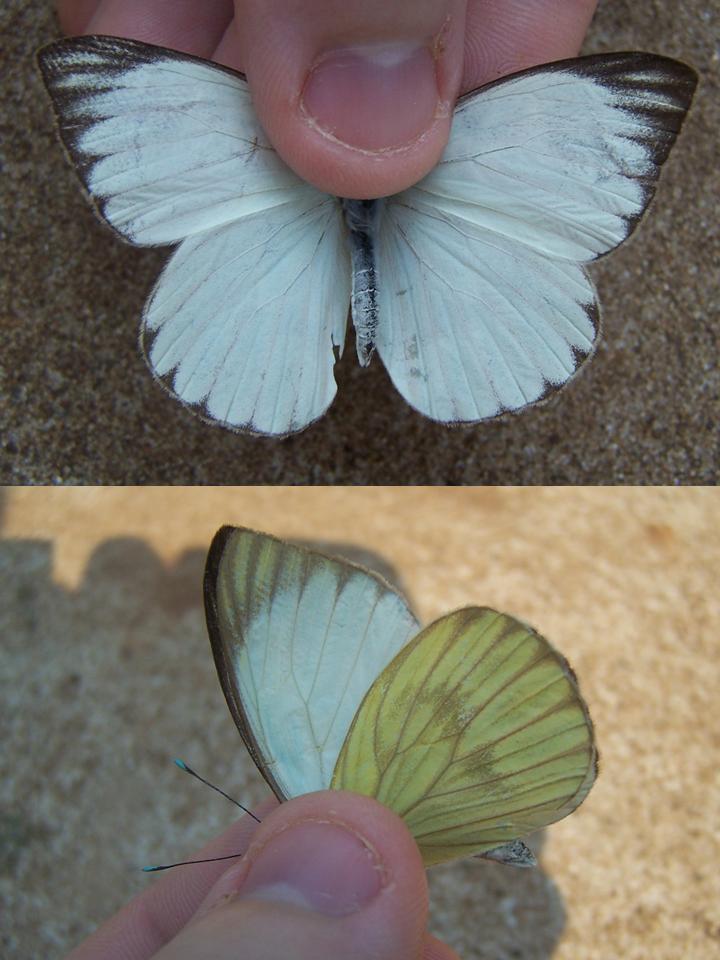 | FIGURE 1 |
|
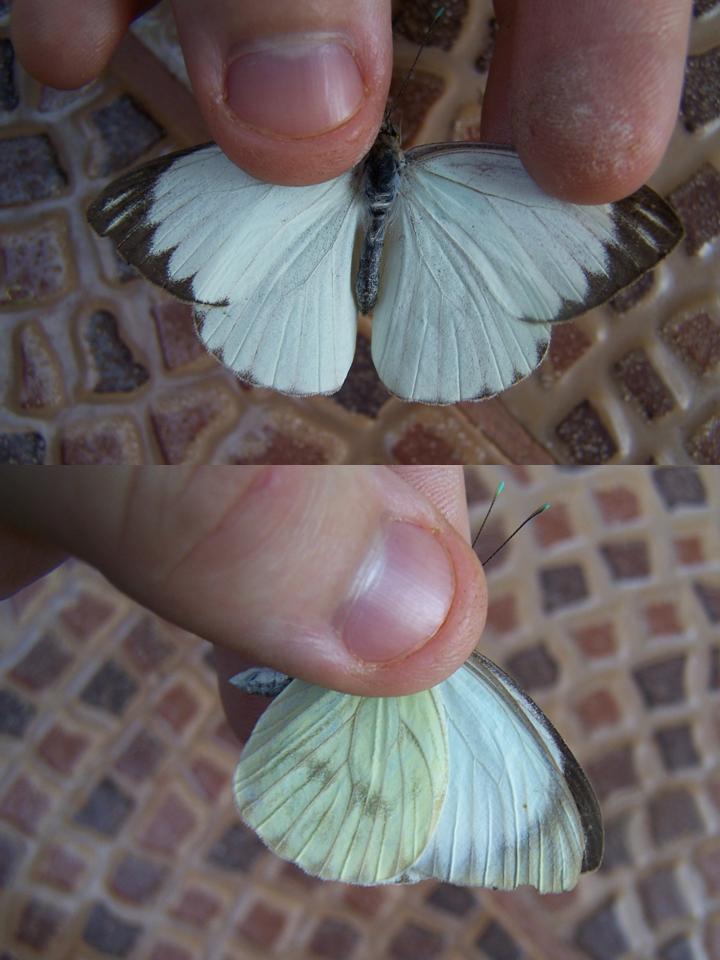 | FIGURE 2 |
|
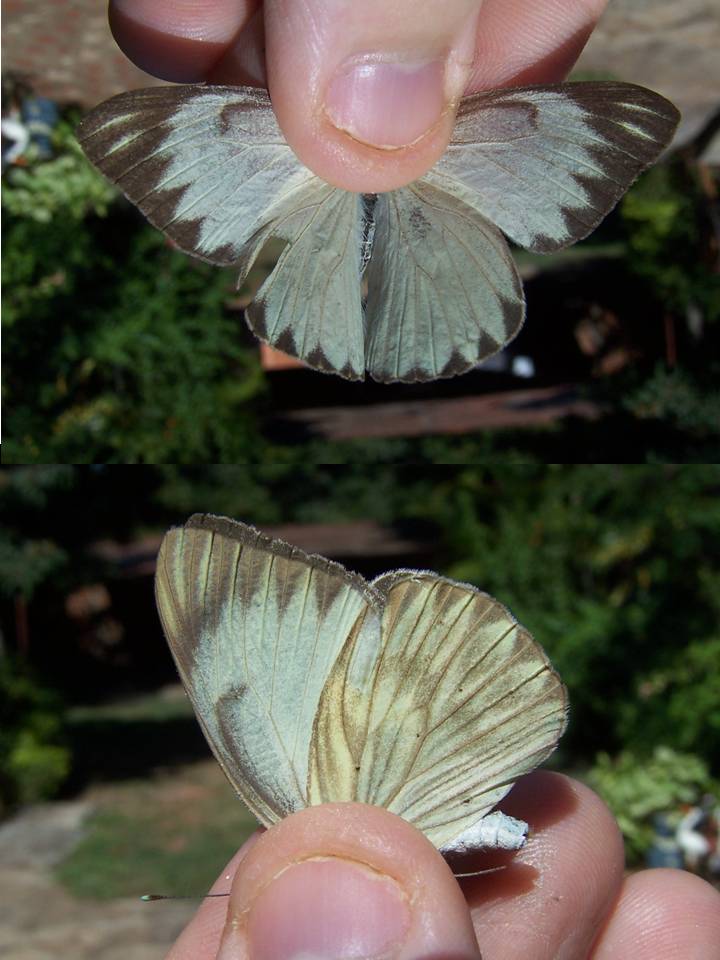 | FIGURE 3 |
|
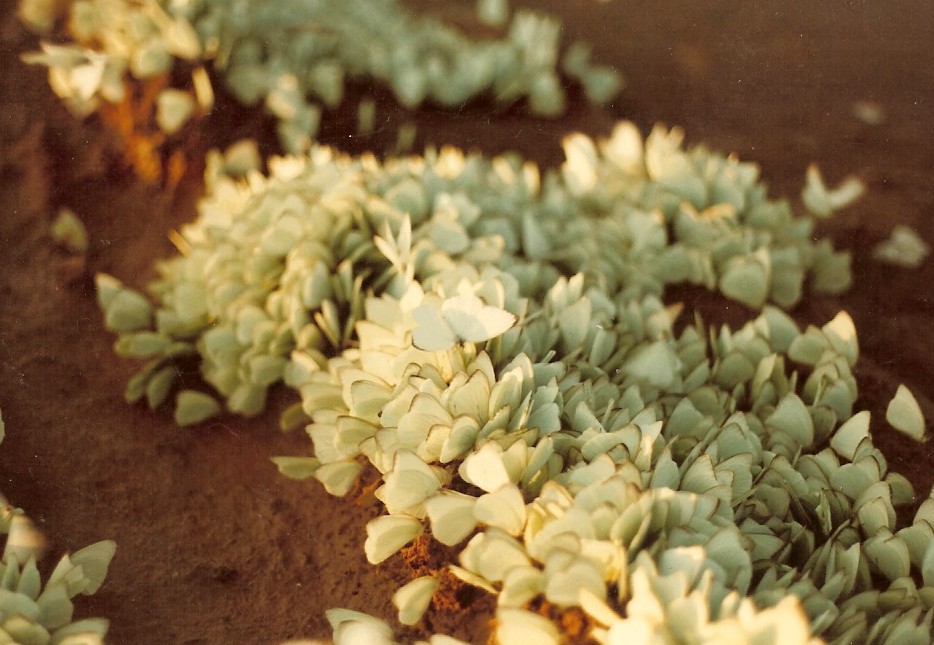 | FIGURE 4 |
|
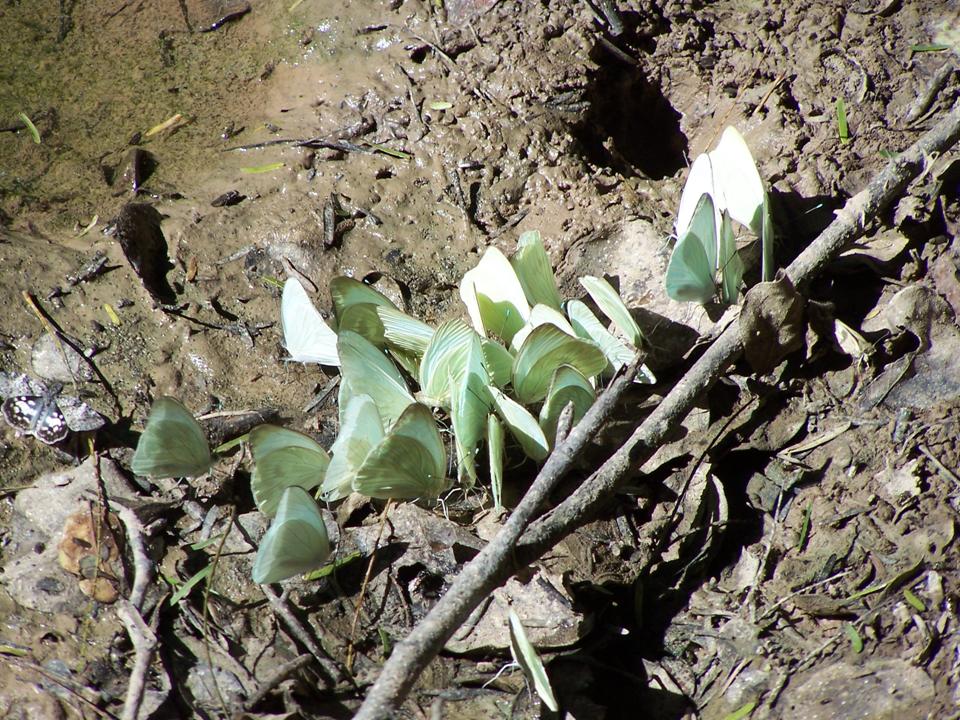 | FIGURE 5 |
|
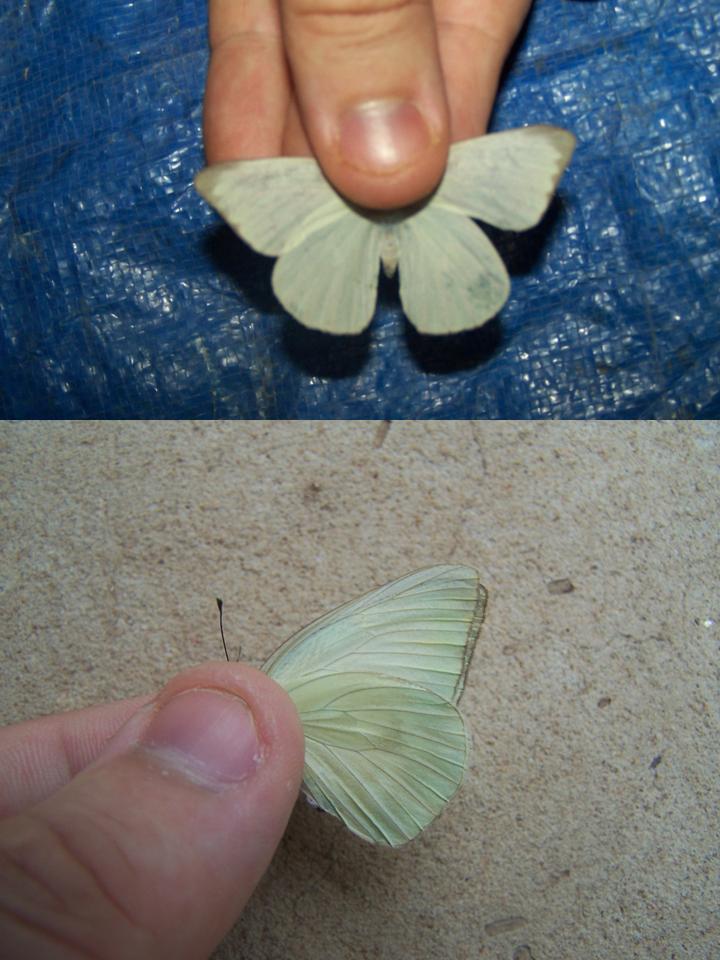 | FIGURE 6 |
|
FIGURES 1 - Encarnación, Departamento Itapúa (Paul Smith 24 August 07); 2 - PROCOSARA, PN San Rafael (Paul Smith 18 June 07); 3 - Encarnación, Departamento Itapúa (Paul Smith 6 April 08); 4 - High Chaco, Departamento Boquerón (Mike Hamer 1982); 5 - PN Tte Enciso, Departamento Boquerón (Paul Smith June 2007); 6 - Near Lolita, Departamento Presidente Hayes (Paul Smith 4 October 07).

